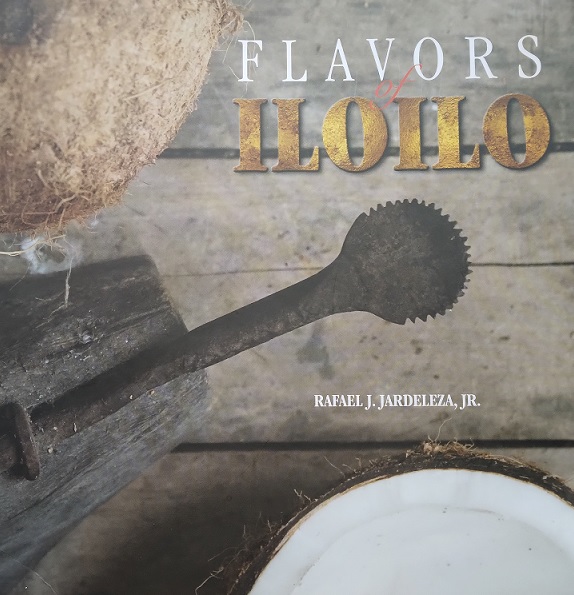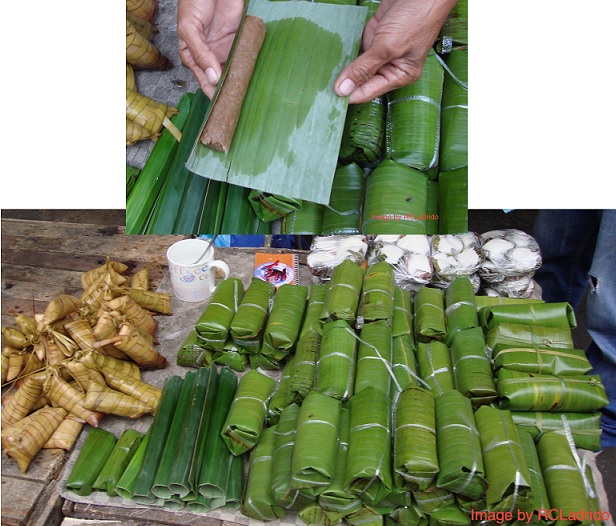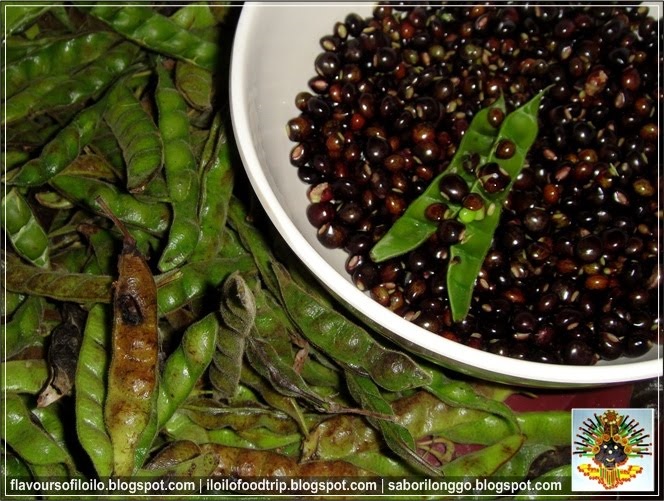Images courtesy of Flavours of Iloilo Blogspot and R.C. Ladrido
In recent years, a spate of books on Philippine cooking and foodways have been published in the country and overseas. In the United States, it includes Filipinx: Heritage Recipes from the Diaspora (2021) by Angela Dimayuga and Ligaya Mishan; I am a Filipino and This is How We Cook (2018) by Nicole Ponseca and MiguelTrinidad; and Amboy: Recipes from the Filipino-American Dream by Alvin Cailan (2020).
Books on regional dishes include Also Filipino: 75 Regional Dishes I Never Had Growing Up (2020) by Angelo Comsti, Republic of Taste:The Untold Stories of Cavite Cuisine (2018) by Ige Ramos, and Negrense Heritage Cooking (2021) by the Slow Food Movement-Negros.

A recent cookbook is focused on Iloilo food, titled Flavors of Iloilo (2022) by Rafael J. Jardeleza Jr. Edited by Michaela Fenix and designed by Guillermo G. Ramos, the 200-page book is divided into nine parts, with 82 recipes covering Appetizers (Abregana), Soups, Meats (Chicken, Duck, Pork, Beef), Fish, Vegetables, Noodles and Rice, and Deserts (Panam-is).
Amidst Iloilo’s claim as the country’s “food haven, Flavors of Iloilo may answer, albeit partially, an oft-repeated question—what is the flavor of Iloilo food? What are its similarities and differences with other regional food in the country?
Founded in 1566 as the second Spanish colonial center after Cebu, Iloilo, like in many parts of the country, has retained its Spanish-inspired meat dishes as celebratory or fiesta dishes, such as Callos, Morcon, Chicken Galantina, or Lengua Estofado. As food historian Doreen Fernandez noted “Spanish food entered Philippine life at the elite level, being the food of the conqueror.”
Family recipes
The recipes handed from one generation to the other have been collected from Iloilo families. They are dishes served “in ordinary days, in fiestas and celebrations,” notes the author, Tibong Jardeleza.

Rooted in humble offerings of the land, the sea, and the rivers, the recipes range from very local ones as well as dishes with diverse roots in American, Spanish, Mexican, and Chinese, and Malay cooking. The more familiar ones include grilled chicken marinated in sinamak vinegar with achuete or annatto oil; binacol, native chicken simmered in coconut water; the flavorful fresh lumpia ubod with no sauce at all; grilled managat or bigeye snapper fish; or the good, old vegetable dish of laswa that does not use any sofrito, of onions, garlic and tomatoes sauteed first in cooking oil.
Local is best
Local ingredients remain the core foundation of the book. Guinamos, the dried fermented shrimp paste of Iloilo, provides the umami or underlying flavor for a lot of dishes, especially vegetable dishes. Local vegetables found in the book include alugbati (Malabar spinach), paklay (young bamboo shoots), takway (taro root tendrils), kadios (pigeon peas), and langka as vegetable. Recipes using popular seashells from Iloilo include diwal (angel wing clam) and bagungon (telescope snails). Camuros rice, a rare mountain rice from Lambunao, is used for fried rice with kalkag or tiny dried shrimps.

Vegetable dishes include the beloved KBL (kadios-baboy-langka), the widespread use of freshly-cut young bamboo shoots that is always available every day in Iloilo’s mercado— Tambo nga may bagungon (Bamboo shoots with telescope snail); Calinog Paco sa Gata kag Labahita (fiddlehead fern cooked in coconut milk with sturgeon fish), or Inadobong Takway. Takway of the gabi plant are tendrils that grow sideways, and quite popular in Iloilo that even supermarkets carry it.
Nothing is wasted in Ilonggo cooking, it seems, as seen in the use of some rather unusual animal parts—ubre or pork mammary gland, biga-biga or pork rectum, and chicken comb.

Pa-aslum
The underlying sourness as a flavor principle is present in many recipes through the use of souring agents such batuan (Garcinia binucao), libas leaves (common hog plum), and guava, fruits and leaves, as well as the use of tuba vinegar.

Tibong Jardeleza
A self-taught cook and restaurant owner in Iloilo City, Jardeleza was born in Jaro and spent his childhood years learning from the kitchen of his Lola Iska. In the early 1980s, he opened Afrique’s, a restaurant named after his father, who also loved to cook. Later, he opened Mundo Ristorante, featuring Ilonggo-Spanish cuisine.
A keen promoter of local food and local ingredients, Jardeleza is the mover behind Sabores de Visayas, an annual gala dinner event featuring Filipino heritage cuisine prepared by Ilonggo chefs. He is also the founder of the annual “Tabu-an Western Visayas Ilonggo Heritage Cooking Competition,” and the “Ilonggo Street Food Festival.”
